Tuyen Quang has many attractive destinations with wild and unique natural beauty, including the ancient stone beach Nam Dan with mysterious patterns thousands of years old, not only attracting archaeologists but also opening up a direction for developing cultural-historical tourism for the border region.
Decoding the sedimentary layers of the Ancient Stone Beach
Nam Dan ancient stone field, hidden among the mountains of the mountainous commune in the West of Tuyen Quang province, is one of the special archaeological sites, carrying many mysteries that have not been fully deciphered with stone slabs engraved with ancient drawings scattered along streams and on hillsides.
The ancient stone beach Nam Dan is also known as the ancient stone beach Xin Man or in the local language “Na Lai Shu” which means “field of many letters” or “field of many letters”. In the language of the ethnic people here, “Nam Dan” means the water source area, suggesting a fertile land where people and nature have been in harmony for many generations.
Discovered in 2004, Nam Dan Ancient Stone Beach is a collection of large and small rocks, located between terraced fields and stilt houses of the Nung people along Nam Khoong stream, Nam Duan commune.
After many studies to find out the meaning of the characters engraved here, many studies believe that this is a relic dating back about 2,000 years and is very rare in Vietnam.
On an area of more than 5 hectares, scientists discovered 8 large stone slabs and 2 megaliths (extremely large rocks) with about 80 carvings and 80 holes in various shapes, creating a unique "outdoor museum" in the middle of the mountains and forests. Some rocks resemble a flat chessboard, others resemble a bed or a chair.

The surface and edges of the stone slab still retain their natural weathering state; there are many holes carved with an average diameter of 5-6cm, 1-2cm deep, distributed mainly at the western end of the rock. According to the assessment of archaeologists, the carvings and holes were created with iron tools and hammers, proving that the level of crafting was quite developed.
The carvings on the rocks are very diverse, with their own beauty in the shaping style of ancient art such as circles, squares, mountains, etc. Each rock is a mystery, associated with thrilling stories bearing religious imprints, showing respect for the mountain and river gods of the ethnic minorities in the region.
The most impressive of these is a giant tortoiseshell-shaped stone slab, nearly 13 meters long, with hundreds of carved symbols on its surface. Notable features include single circles, concentric circles, square inscriptions, parallel grooves, rectangles, footprints, and four crudely carved human figures. Some stylized carvings of female genitalia are reminiscent of the fertility beliefs of ancient people.
The carvings on the ancient stone field of Nam Dan were made with iron tools, dating from around the 2nd to 3rd century AD, possibly even earlier than the Sa Pa stone field (Lao Cai).
Based on the form of expression, researchers have divided the carvings on the stone field into 6 main groups: Geometric group (circle, square, rectangle, triangle...); Parallel group (circular or square shape); Parallel group; Genital symbol group; Human foot group; Human figure group with arms raised and legs spread, reminiscent of prehistoric murals.
Many hypotheses have been put forward by scientists from the Vietnam Institute of Archaeology around the Nam Dan Ancient Stone Field: this could be a place for ancient religious activities, or a form of primitive calendar, or even a place to record cosmic and astronomical knowledge of prehistoric indigenous people; the patterns on the Nam Dan Ancient Stone Field have many similarities with the Sa Pa Stone Field, but the diversity and density of carvings are clearly higher.
With its special carvings, the Nam Dan Ancient Stone Field is considered one of the important archaeological discoveries, a valuable document, contributing to the study of the spiritual life, beliefs and knowledge of ancient residents of the northern mountainous region.
Attractive cultural destination, archaeological value needs to be preserved

The ancient stone field of Nam Dan is not only an archaeological site but also closely associated with the spiritual life of the local people because according to legend, this land is a sacred place where the secrets of heaven and earth are kept, and the characters on the stone are sacred symbols - the "writings of the gods."
According to the people of Nam Dan commune, since childhood, they have heard their grandparents tell them that the stones here are sacred stones, on the day of worship, everyone must wash their hands and dress neatly before coming. According to the elders in the village, the characters on the stones are the signs of the mountain god and the forest god protecting the village.
Up to now, many customs of worshiping stones, mountain gods, forest gods, and stream gods are still maintained. Every year on the 2nd day of the 6th lunar month, the people of Nam Dan commune hold a ceremony to worship the Stone God at the stone field, next to the ancient carved stone slabs, with the sound of flutes, drums and prayers echoing throughout the mountains and forests.
The offerings include a pig, a rooster, a pot of rice and a bottle of wine. During the ceremony, people pray for favorable weather, good crops and good rain. After the ceremony, the women will cook the offerings together into a pot of thang co and eat them together on the spot.
The Rock God worshiping ceremony shows people's deep belief in the spirit of earth, rock and water, and is also an occasion for the community to remember their ancestors and show gratitude to nature for nurturing human life.
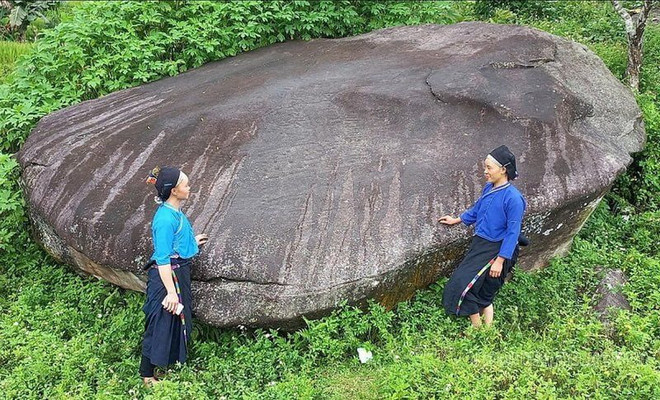
With its special historical, archaeological and cultural value, the Nam Dan Ancient Stone Site was ranked as a National Archaeological Site by the Ministry of Culture, Sports and Tourism according to Decision No. 03/2008/QD-BVHTTDL dated February 21, 2008.
Nam Dan ancient stone field is the second relic after Sa Pa ancient stone field that scientists are interested in researching.
The ancient stone beach of Nam Dan has been almost untouched by humans and is protected by surrounding fences, so the relic remains almost intact.
Coming to Nam Dan Ancient Stone Beach, in addition to visiting and admiring the ancient stone beach, visitors can enjoy traditional cuisine, participate in folk festivals and enjoy the wild beauty of Tuyen Quang mountains and forests; admire mysterious archaeological relics and immerse themselves in the unique cultural space of the Dao, Tay, Nung and Mong people here.
The ancient stone beach of Nam Dan is a symbol of the intersection between culture, science and folk beliefs. Each pattern carved on the stone is like a silent character, containing the knowledge of the predecessors - a "language of stone" that has not been deciphered but forever evokes human pride and desire for discovery.
Although there are still many mysteries associated with the rocks, with the archaeological and cultural values of the relic, Nam Dan Ancient Stone Beach has become an attractive tourist destination, a valuable archaeological relic that needs to be preserved and protected./.
Source: https://www.vietnamplus.vn/cuon-su-da-bi-an-giua-dai-ngan-tuyen-quang-post1070962.vnp












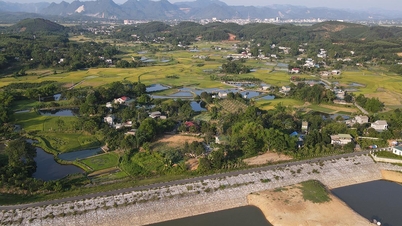
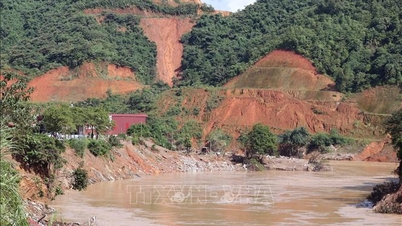





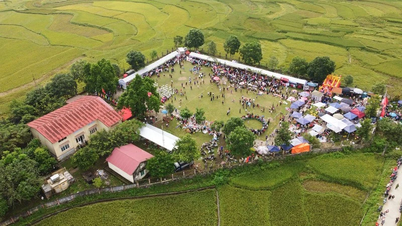



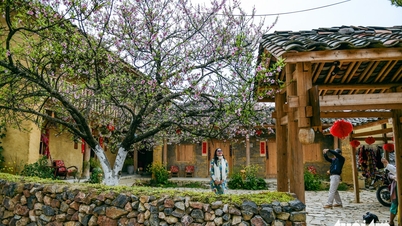


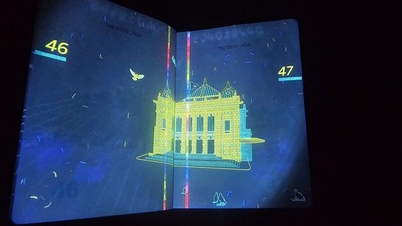

























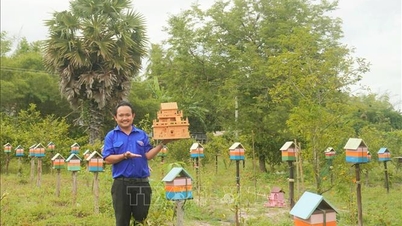



















































Comment (0)